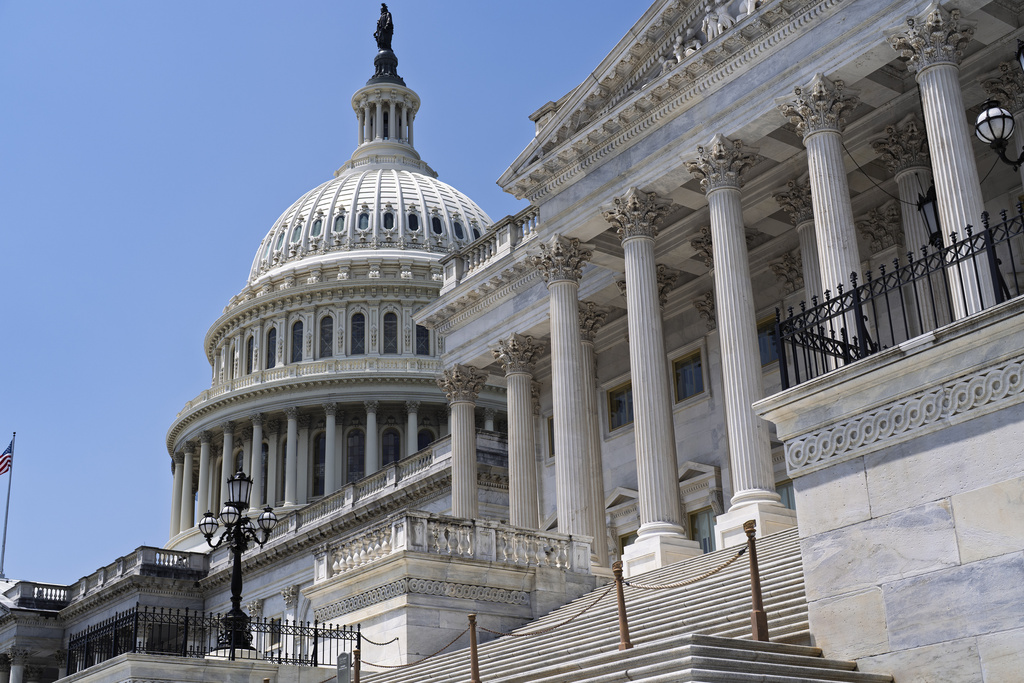
BIRMINGHAM, Ala. – For the first time, school choice is going national. As part of the One Big Beautiful Bill Act signed by President Donald Trump on July 4, a new federal tax credit scholarship program creates the first nationwide school choice initiative – building on models already in place in states like Alabama.
The federal program, set to begin in 2027, offers taxpayers a dollar-for-dollar income tax credit – up to $1,700 annually – for donations to nonprofit organizations that provide scholarships to eligible K-12 students.
While Alabama has operated a similar state-level program since 2013, the new federal version has broader income eligibility, no cap on scholarship amounts, and allows funds to be used not just for private school tuition but also for tutoring, therapy and other educational services.
“This is kind of the perfect time for a program like this to come out, because so many families in Alabama are talking about educational options for their kids,” said Andy Ryan, director of the Alabama Opportunity Scholarship Fund, one of the state’s seven scholarship granting organizations, or SGOs, operating under the AAA.
“We’ll be able to do a lot of different things than we’re currently able to do in the state with these [federal] funds,” Ryan said. AAA scholarships are capped at $10,000 per student, but federal scholarships have no cap.
“I’m thinking particularly of all of our families with students that have unique needs, because the [state caps] are much too low to cover the full education for many of those students.”
While Ryan is optimistic, focusing on opportunities available to students, critics of tax credit scholarship programs argue that these initiatives, often referred to as vouchers, divert resources away from public education.
States will have to opt-in to get the federal program up and running.
More families may qualify
One key difference is eligibility. The AAA limits scholarships to families earning up to 250% of the federal poverty level. The federal program, in contrast, allows families earning up to 300% of the area median gross income, as defined by the U.S. Department of Housing and Urban Development. Federal officials estimate this threshold could make 85% to 90% of students eligible nationwide.
“There will be families that have just been on the edge of the income threshold for our state programs that will finally be able to get the education financial assistance they need to find the right education for their kids,” Ryan said.
Tax credit caps differ
The tax benefit under the federal and state programs differ, with the AAA offering a much larger incentive.
Under the federal program, the dollar-for-dollar income tax credit for the donor is $1,700. There is no tax provision for donations from corporations.
In Alabama, individuals can take a state dollar-for-dollar income tax credit of up to 100% of the donation’s amount, up to $100,000 or their total tax liability, whichever is less. Corporations can take up to 100% of whatever amount they donate to an SGO, not to exceed their total tax liability.
Expanded uses of scholarship funds
Another distinction is how broadly the federal scholarships can be used.
Under the AAA, scholarships can only be used to pay tuition and fees unless a student has unique needs. Students with unique needs can use scholarship funds to pay for educational services beyond tuition and fees, such as tutoring, online learning or services from licensed providers.
In contrast, the federal program allows all eligible students to use scholarships for those broader educational supports.
In both programs, students can use scholarship funds to pay for services provided by public schools.
Ryan said he hopes public schools will encourage their students, particularly those with special needs, to apply for federal scholarships when they become available.
“I think that is sometimes the missing part of the discussion when we talk about school choice and educational options,” he said. “Public schools are such an important part of that.”
“What we have found, even from the families that we work with that are looking for choice options, many of them, the first thing they’re looking for is a different public school in their area,” he said.
Many of those public schools don’t accept out-of-district students, he added, but said as more options become available in Alabama, public schools have a real opportunity to participate.
“They’ve got great services to offer and the demand from parents is definitely there,” he said.
What’s next
The U.S. Department of Treasury will develop the rules and regulations for the federal scholarship program. It’s not yet clear when that process will begin, Ryan said – but his organization is already preparing.
“We feel that this is not only 100% in line with our mission, but the great thing is we already have the connection with thousands of families who would qualify for this program all across the state,” he said.
1228 Magnolia Curve,
Montgomery AL, 36106
[email protected]
Copyright © 2025 Alabama Daily News
Web Development By Infomedia
